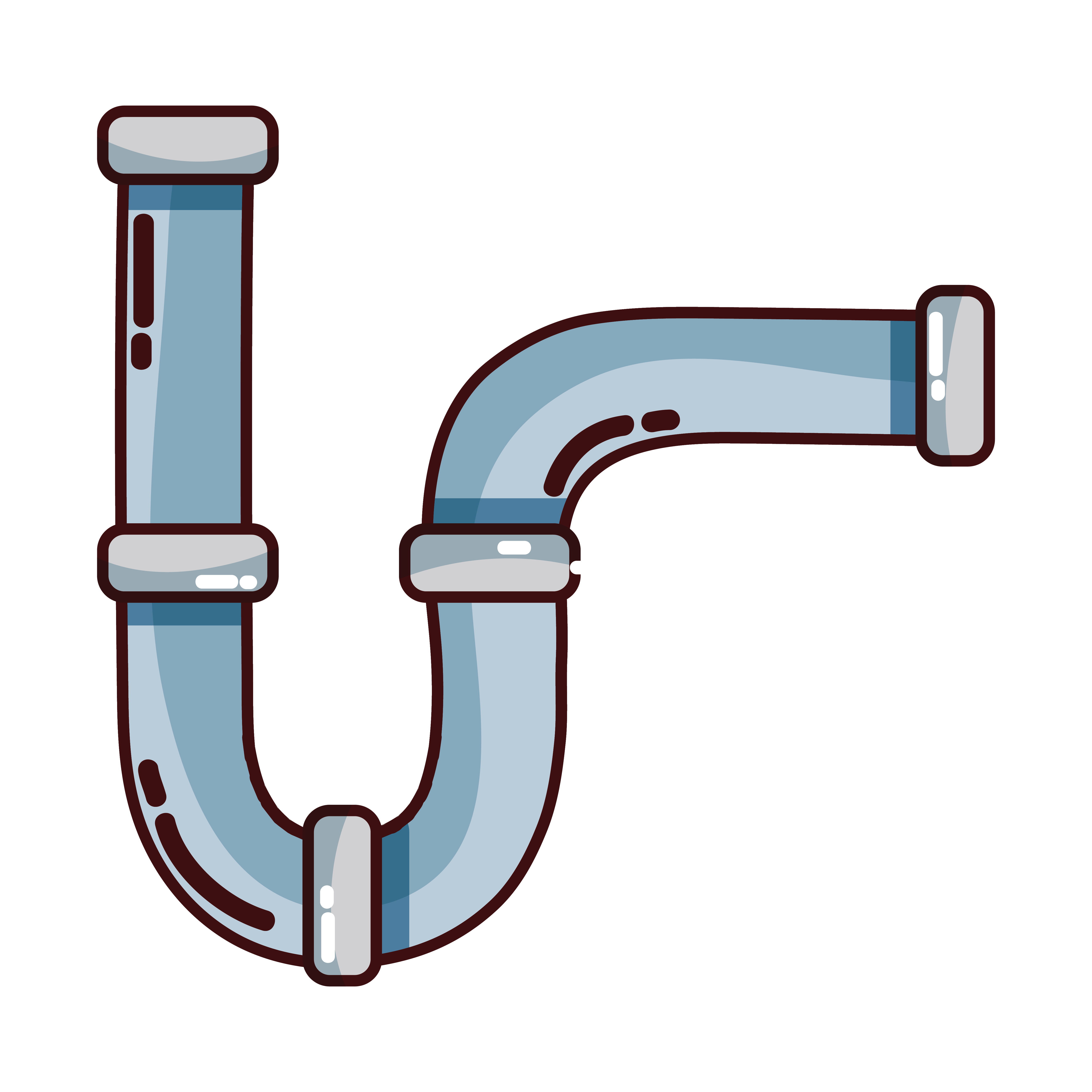Welcome to the fascinating world of plumbing! From ensuring clean water supply to maintaining proper drainage, plumbing plays a crucial role in our daily lives. Whether it’s the sound of running water or the sight of pipes hidden within our walls, plumbing is a vital system that often goes unnoticed until a problem arises. In this article, we will delve into the secrets of plumbing, unraveling the inner workings and shedding light on the importance of proper maintenance. So, grab your wrench and prepare to dive into the depths of this essential household component, as we explore the ins and outs of plumbing systems and the secrets they hold. Let’s begin by understanding the fundamental elements of plumbing and how they keep our water flowing smoothly.
History of Plumbing
Plumbing, an essential feature of modern living, has a rich and fascinating history that can be traced back thousands of years. From its humble beginnings to the complex systems we have today, plumbing has evolved to meet the ever-growing needs of society.
Early civilizations, such as the ancient Egyptians and Mesopotamians, recognized the importance of water supply and sanitation. They developed primitive forms of plumbing systems to transport water from rivers and wells to their homes and public buildings. These early plumbing systems consisted of hollowed-out logs, clay pipes, and stone conduits.
Fast forward to ancient Rome, where plumbing reached new heights of sophistication. The Romans are renowned for their impressive aqueducts that used gravity to transport water over long distances. These aqueducts supplied water to public baths, fountains, and even private residences. In addition, the Romans also introduced the concept of indoor plumbing, utilizing lead pipes to distribute water within buildings.
Following the fall of the Roman Empire, plumbing advancements were mostly stagnant during the Middle Ages. However, the Renaissance period saw a resurgence of interest in plumbing technology. In the 16th century, European cities began constructing more sophisticated water supply systems. Wooden pipes and ceramic or metal fixtures allowed for improved water distribution and efficient wastewater management.
The Industrial Revolution brought about significant changes in plumbing technology. The development of cast iron pipes in the 19th century revolutionized water distribution systems, making them more durable and reliable. The invention of indoor plumbing fixtures, such as toilets and faucets, also transformed how people interacted with water in their homes.
With the advent of modern materials like copper and plastic, plumbing systems have become even more efficient and versatile. Today, plumbing encompasses a wide range of applications, from water supply and distribution to drainage and wastewater management. Innovative technologies, such as smart plumbing systems and water-saving fixtures, continue to shape the future of this essential industry.
Plumbing, although often overlooked, has played a vital role in shaping human civilization. Its long and storied history reminds us of the fundamental importance of clean water and proper sanitation in our daily lives. Understanding the past helps us appreciate the incredible advancements and innovations that have brought us to where we are today in the world of plumbing.
Types of Plumbing Systems
Plumbing systems play a crucial role in the smooth functioning of our homes and buildings. Let’s explore three common types of plumbing systems:
Water Supply System: The water supply system is responsible for bringing clean and safe water into our homes. This system consists of pipes, valves, and fixtures that carry water from the main supply line to various points of use, such as faucets, showers, toilets, and appliances. A reliable water supply system ensures that we have access to clean water whenever we need it.
Drainage System: The drainage system is responsible for removing wastewater and other liquid waste materials from our homes. It consists of a network of pipes, traps, and vents that carry used water and waste to the municipal sewer system or septic tank. Proper drainage is essential to prevent backups, odors, and contamination, ensuring a healthy and clean environment.
Ventilation System: The ventilation system works in conjunction with the drainage system to maintain proper air pressure and prevent various plumbing issues. It includes vent pipes that help remove sewer gases and allow air to flow freely through the drainage system. By maintaining adequate ventilation, this system helps to prevent traps from being siphoned, ensuring the smooth flow of wastewater.
Understanding these different types of plumbing systems is essential for homeowners and professionals alike. Each system has its specific functions and ensures the efficient operation of our plumbing networks. By having a good knowledge of these systems, we can better maintain, troubleshoot, and ensure the longevity of our plumbing systems.
Now that we have looked at the different types of plumbing systems, let’s move on to our next section, where we will explore the various components of a plumbing system.
Common Plumbing Issues and Solutions
Leaky Faucets:
A very common plumbing issue that many homeowners face is a leaky faucet. The constant dripping not only irritates you but can also lead to a significant waste of water over time. Fortunately, fixing a leaky faucet is usually a fairly simple task. Begin by turning off the water supply to the affected faucet. Then, disassemble the faucet, replacing any worn-out or damaged parts such as washers or O-rings. Once the new parts are in place, reassemble the faucet, turn on the water supply, and rejoice in the newfound silence and water conservation.Clogged Drains:
Dealing with clogged drains is another plumbing nuisance that can disrupt your household routine. Whether it’s a kitchen sink, bathroom drain, or shower drain, a clog can cause slow drainage or even a complete blockage. To tackle this issue, you can try using a plunger or a drain snake to remove the obstruction. For particularly stubborn clogs, a mixture of baking soda and vinegar can be poured down the drain, followed by hot water to help break up the blockage. If these DIY methods don’t work, it may be time to call a professional plumber to resolve the issue.Running Toilet:
Spartan Tool Houston
A running toilet not only annoys you with its constant sound, but it can also waste a significant amount of water. Typically, the cause of this problem lies within the toilet’s tank. Lift the lid and check if the flapper valve is seating properly or if the chain connecting the flapper to the handle is too loose or too tight. Adjusting these components may solve the issue. If not, there could be a problem with the fill valve, in which case it may be best to seek the help of a plumber to prevent further water wastage and potential damage to your toilet.

Remember, while these solutions might work in most cases, plumbing issues can sometimes be more complex and require the expertise of a professional. If you’re unsure about fixing a plumbing problem yourself, it’s always better to play it safe and hire a licensed plumber to ensure a proper and long-term solution.

